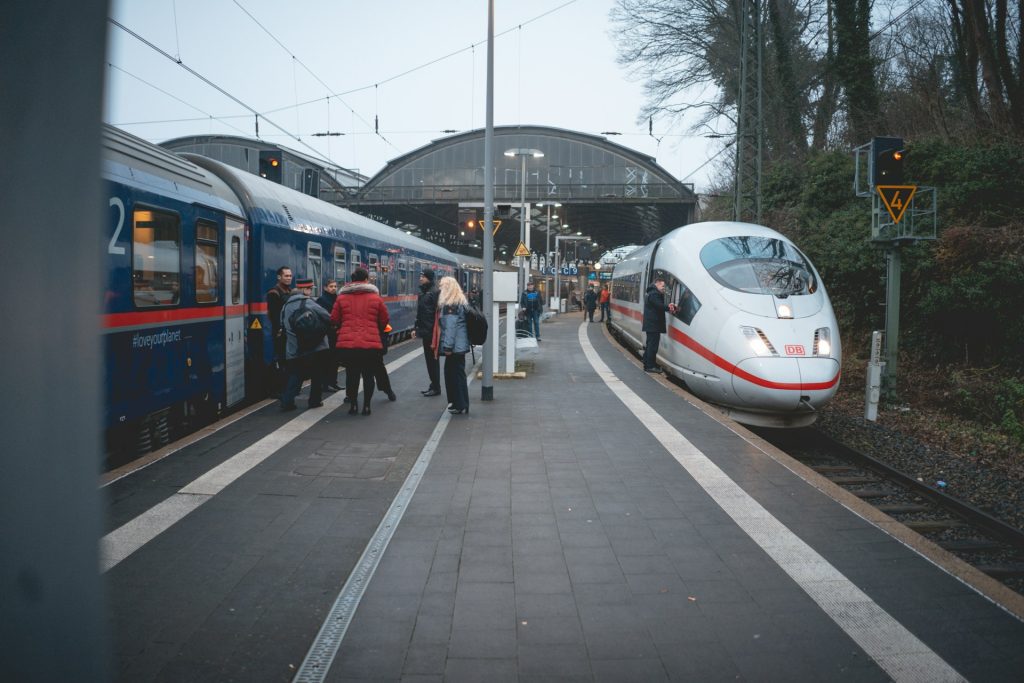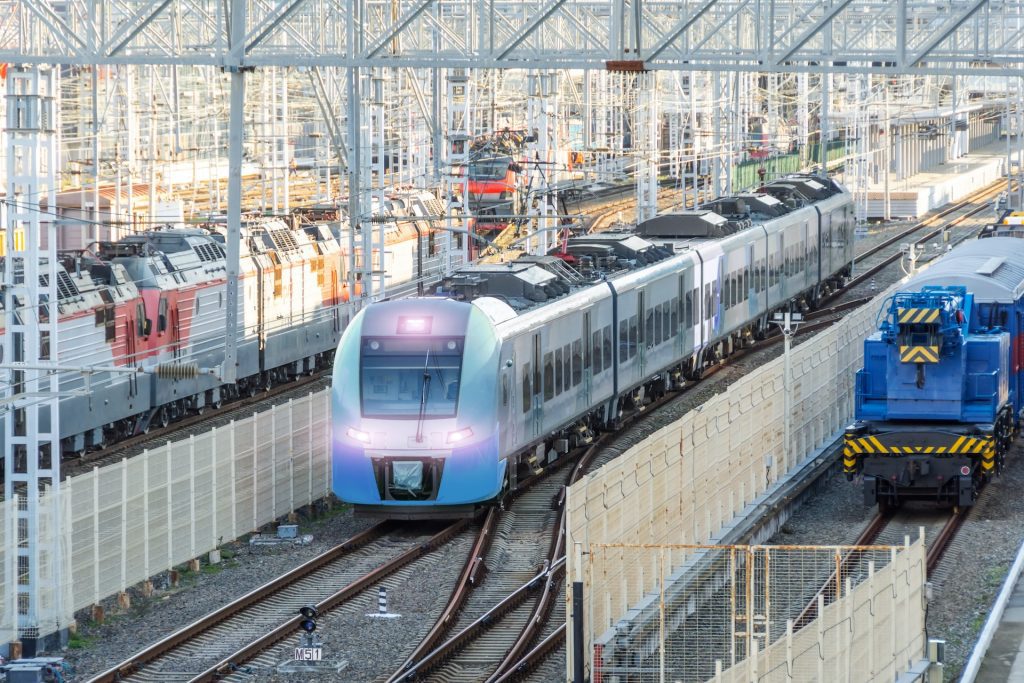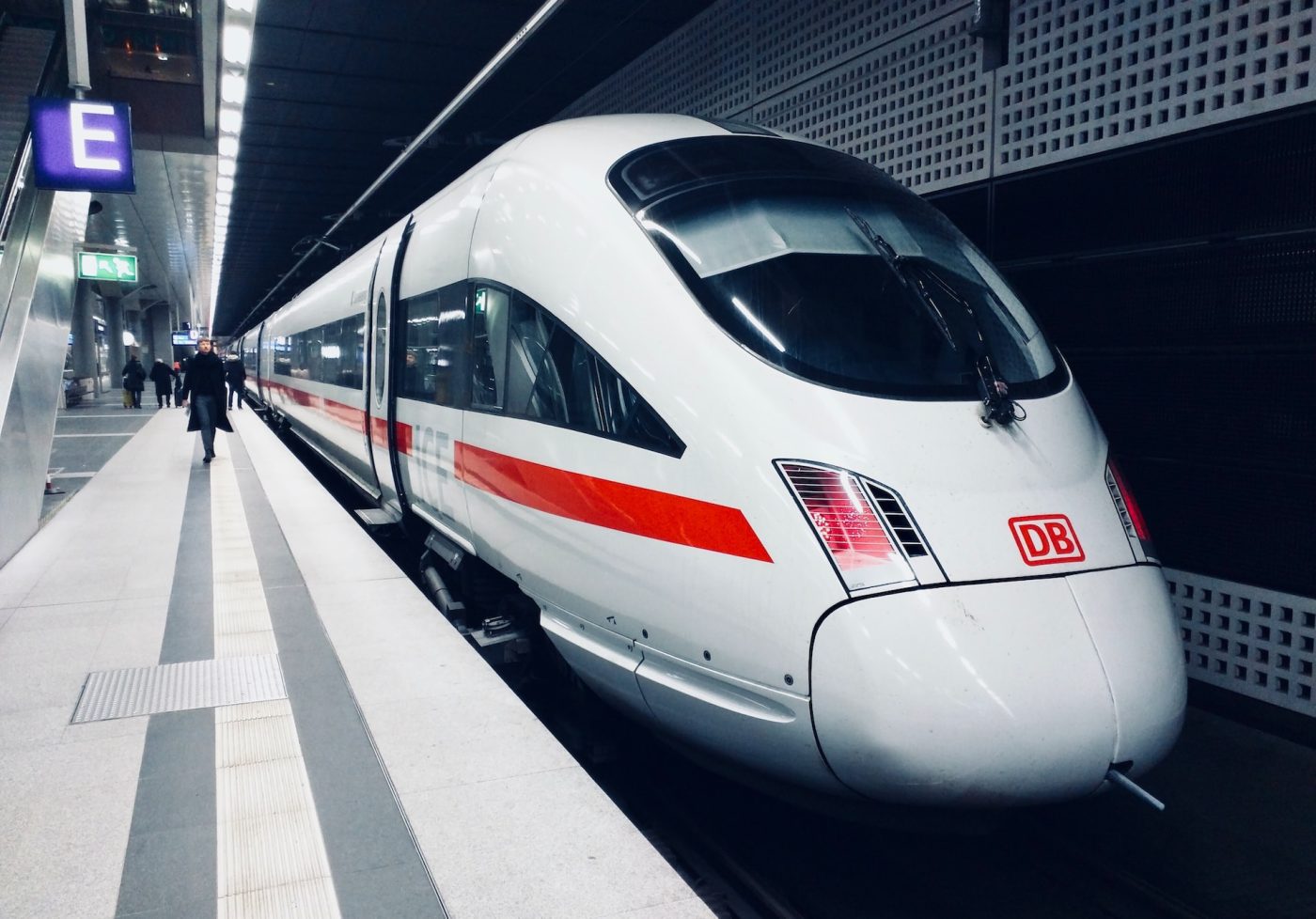Travelling by train across European countries is hard. High costs, delays, cumbersome booking systems, “temporary” border checks and other impediments to smooth journeys are widespread. This comes with an increasing need and demand for train travel because train journeys often have a significantly lower climate impact than taking the same trip by plane.
Questions remain: why is it so difficult—and expensive—to take the train across European countries and how can train travel truly take off and compete with low-cost airlines?
In 2023, European travel demand soared and almost returned to pre-pandemic levels, as did discussions around the expansion of long-distance and cross-border train travel. However, chronic underfunding has plagued this sector in recent decades, aggravating the challenges seen today.
The current spate of issues started with the European Union (EU)’s “railway packages”, a series of policies designed to increase the competitiveness and reliability of European railways. These were introduced in four rounds from 1996 onwards. The first railway package brought market forces into EU railway systems by separating the operation of rolling stock (the trains and carriages themselves) and railway infrastructure into different companies.
In hindsight, these market-oriented policies have had mixed effects, given that some countries (notably Germany) did not fully adopt the corporate separation. Importantly, this legislation introduced track access charges, a new type of fee for train operators. Essentially, it is a per-kilometre fee for using train tracks. Some argue that this has sped up the decline of night trains given the increase in the cost of operating between-country train services. In fact, there are also significant discrepancies between the cost of track access charges across EU countries, which can hinder competitive cross-border train services.


According to Back On Track, a network which advocates for better rail connectivity across the continent, the main deciding factor of a rail system’s quality is investment in infrastructure. Even though the EU Commission declared 2021 to be the “Year of Rail”, railway infrastructure remains woefully underfunded in comparison to road infrastructure across the EU.
According to an analysis by Investigate Europe, the total rail investment across the EU (including Norway, the UK and Switzerland) was about €843 billion between 2000 and 2019 whereas €1,341 billion was invested in road infrastructure.
That is not the whole picture, however. Even if rail infrastructure was built, invested in and maintained at lightning speed, it would not resolve the issue of train carriage shortages. According to the Financial Times, there were, on average, six new sleeper or night train carriages built in the EU per year between 2001 and 2017, meaning it would take “250 years to replace the continent’s nearly 1,500 dedicated night train carriages” with more modern ones.
Jon Worth, a railway commentator and campaigner, suggests that such a significant carriage shortage has implications for the wider industry. In particular, it means that smaller train operators, such as the night train operator startup European Sleeper, can be easily outmanoeuvred by larger, state-backed rivals. “The big companies that could [buy more night train carriages] do not want to and the small companies that want to can’t,” Worth told the Financial Times.
This is because small railway operators like European Sleeper do not have the economic muscle necessary to put in large orders of carriages. According to the Financial Times, Worth “estimated that it would take an order of between 200 and 300 carriages” to drive down the per-unit cost. This cannot, however, be undertaken by a small railway company and instead Worth calls for wider industry cooperation for new orders, “either from a consortium of smaller participants, a national railway company or the EU” itself.


On the bright side, European rail travel is not all doom and gloom. Hope remains: companies like European Sleeper aim to innovate in the nighttime cross-border train market which has long suffered from stagnation, and the European Railway Agency has recently approved a new generation of sleeper trains, proclaiming the “revival” of nighttime train travel across the continent.
There are still some twists and turns to come, however. European Sleeper’s co-founder Chris Engelsman told the Reuters news agency that pushing for change in this sector is not straightforward, not least because of the high cost of operating trains across different gauge and electrification systems and carriage shortages. Engelsman concludes that “it’s not easy and it’s not our aim to become rich”.
Despite increasing awareness about rail travel’s low climate footprint, aeroplane journeys are still cheaper. A recent report by Greenpeace analysing 112 different rail and plane routes across Europe suggests that 71% of the routes in their report are cheaper when taken by aeroplane rather than by train. Indeed, the rise of low-cost airlines has been a decisive factor in the reduction of nighttime cross-border rail services in Europe in the 1990s and 2000s.
Reading this on a delayed train, the reader may wonder, what can bring pan-European train travel back on track? The current state of affairs paints a complex picture, with actors across the industry calling for more investment and reform. In particular, increased political will in this field can move mountains. But can this be done quickly enough to meet the EU’s targets for net zero carbon emissions by 2050? And can this make train travel smoother?
At the end of the day, it seems the tracks to smoother train travel are getting laid, promising more a wider array of train travel options in the future. All that is needed to reach the destination is more political will and a good dose of patience.
By Ondrej Gomola
January 16, 2024








